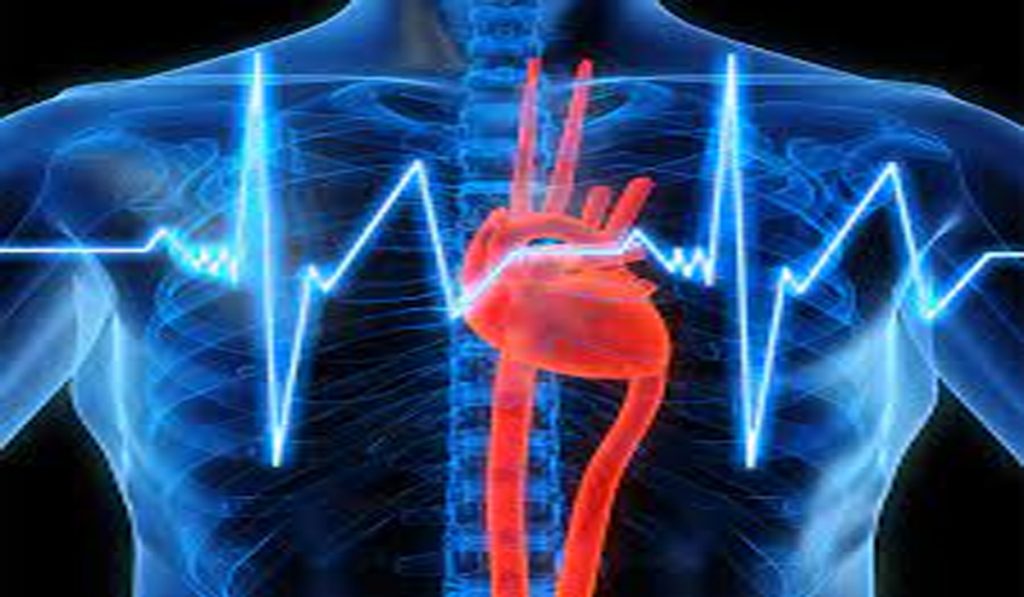California : A recent study suggests that people with a rare condition known as growth hormone receptor deficiency (GHRD), also called Laron syndrome, may have better cardiovascular health.
GHRD, which is defined by the body’s inability to use its growth hormone and leads to stunted development, has been linked in mice to a 40 per cent increase in longevity and decreased risk of numerous age-related disorders. However, the risk of cardiovascular illness in individuals with GHRD has remained unknown until now, leading to suspicion that this rodent longevity mutation may potentially raise cardiovascular disease risk in humans.
The study, appearing in Med, is the latest product of an international collaboration spanning nearly 20 years between Valter Longo, professor of gerontology at the USC Leonard Davis School of Gerontology, and endocrinologist Jaime Guevara-Aguirre of the Universidad San Francisco de Quito, Ecuador.
Over the past two decades, Longo, Guevara-Aguirre and colleagues have examined the health and aging of people with the gene mutation that causes GHRD. This rare mutation – found in just 400 to 500 people worldwide – was identified in a group of Ecuadorians whose ancestors had fled Spain during the Inquisition more than three centuries ago. The mutation leaves them with ineffective growth hormone receptors and results in a type of dwarfism.
The team’s previous research has indicated that while GHRD/Laron syndrome reduces growth, it also appears to reduce the risk of several age-related diseases. Although the Ecuadorians with GHRD have a higher rate of obesity, they have a very low risk of cancer and Type 2 diabetes. They also appear to have healthier brains and better performance on tests of cognition and memory.
For the current study, the research team examined cardiovascular function, damage, and risk factors in GHRD subjects and their relatives. Researchers conducted two phases of measurements in Los Angeles and Ecuador, involving a total of 51 individuals, with 24 diagnosed with GHRD and 27 relatives without GHRD serving as controls.
GHRD subjects displayed lower blood sugar, insulin resistance, and blood pressure compared to the control group.
They also had smaller heart dimensions and similar pulse wave velocity – a measure of stiffness in the arteries – but had lower carotid artery thickness compared to control subjects.
Despite elevated low-density lipoprotein (LDL), or “bad cholesterol,” levels, GHRD subjects showed a trend for lower carotid artery atherosclerotic plaques compared to controls (7 per cent vs 36 per cent).
“These findings suggest that individuals with GHRD have normal or improved levels of cardiovascular disease risk factors compared to their relatives,” said Longo, senior author of the new study. “Although the population tested is small, together with studies in mice and other organisms this human data provide valuable insights into the health effects of growth hormone receptor deficiency and suggest that drugs or dietary interventions that cause similar effects could reduce disease incidence and possibly extend longevity.
